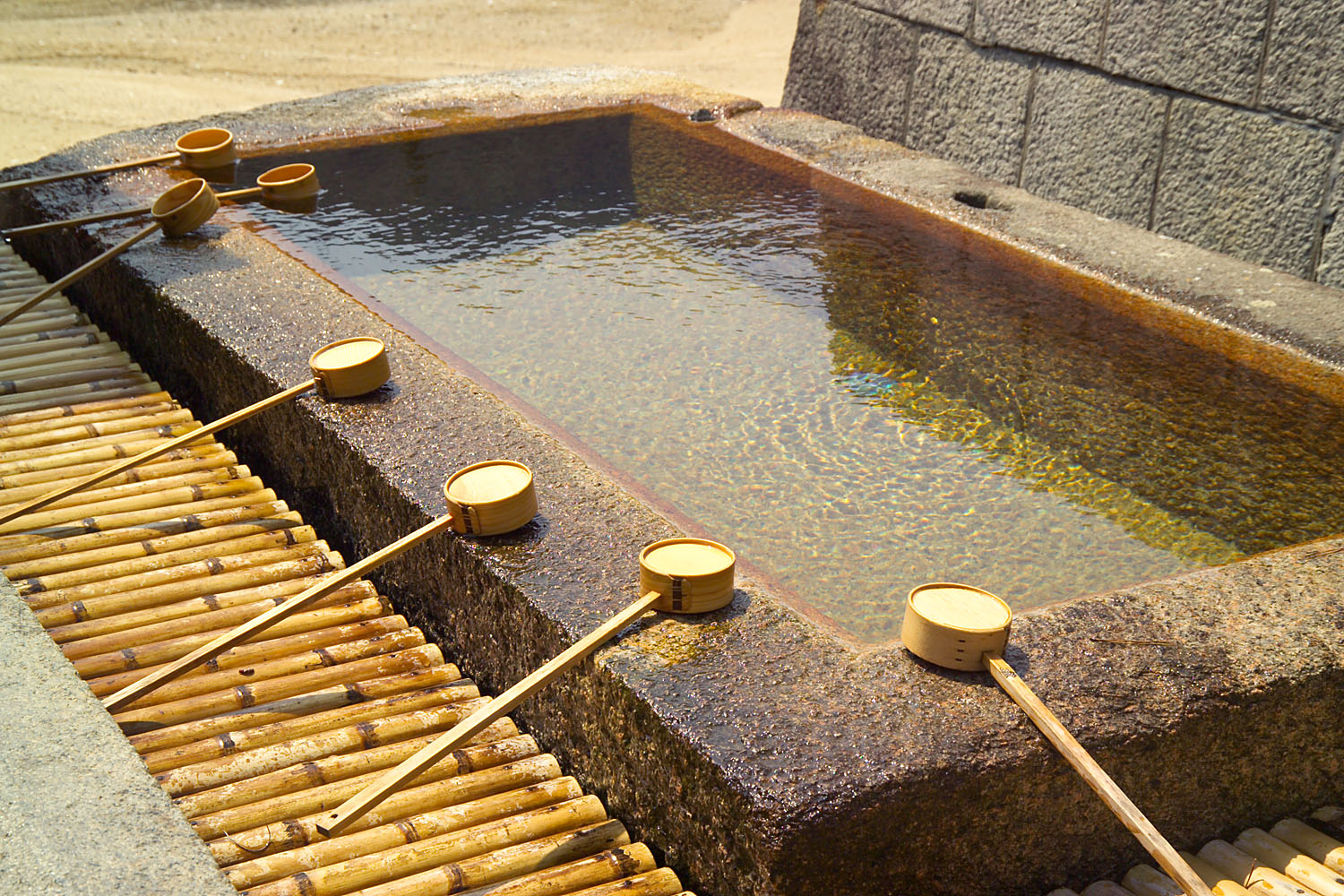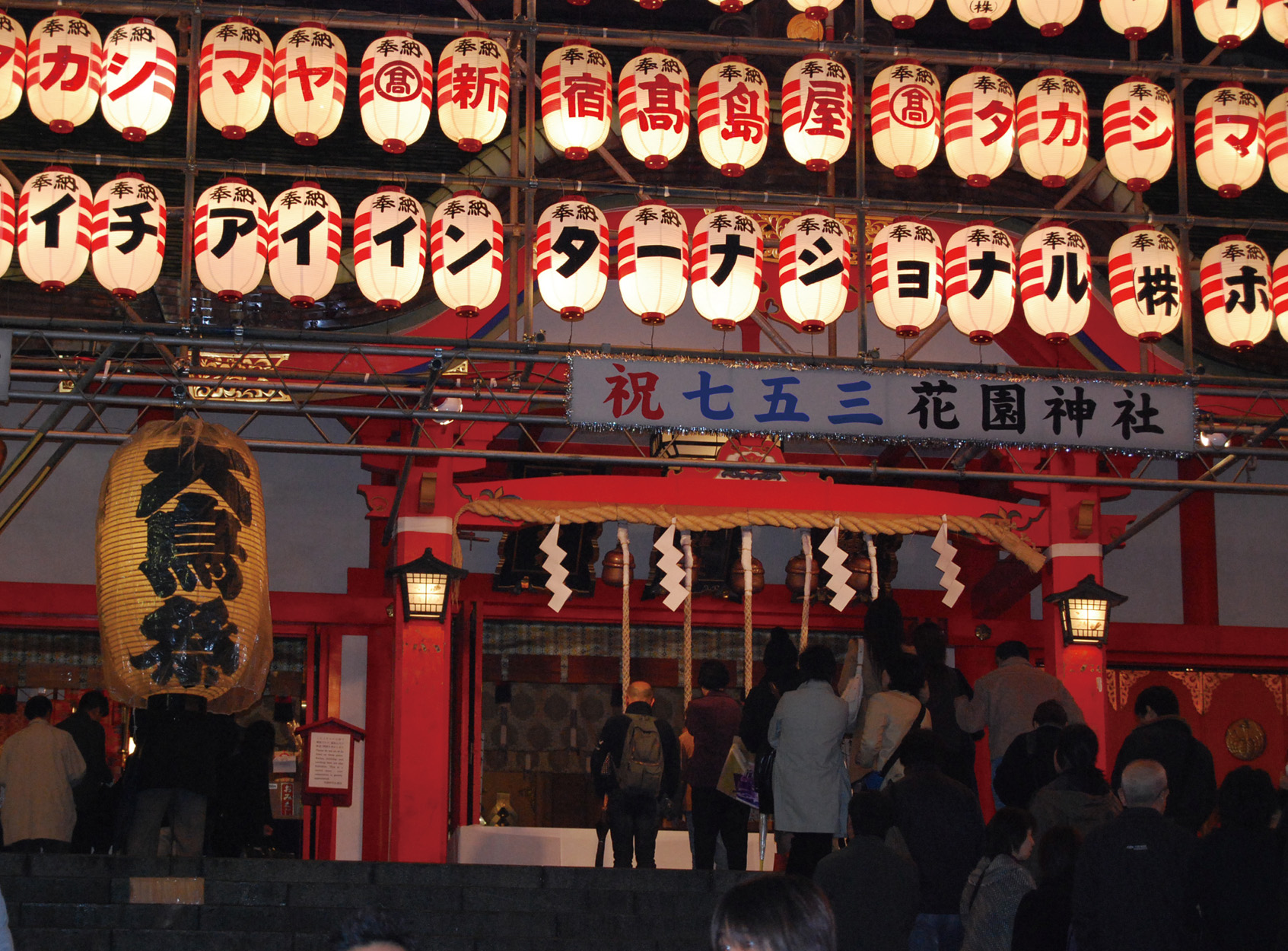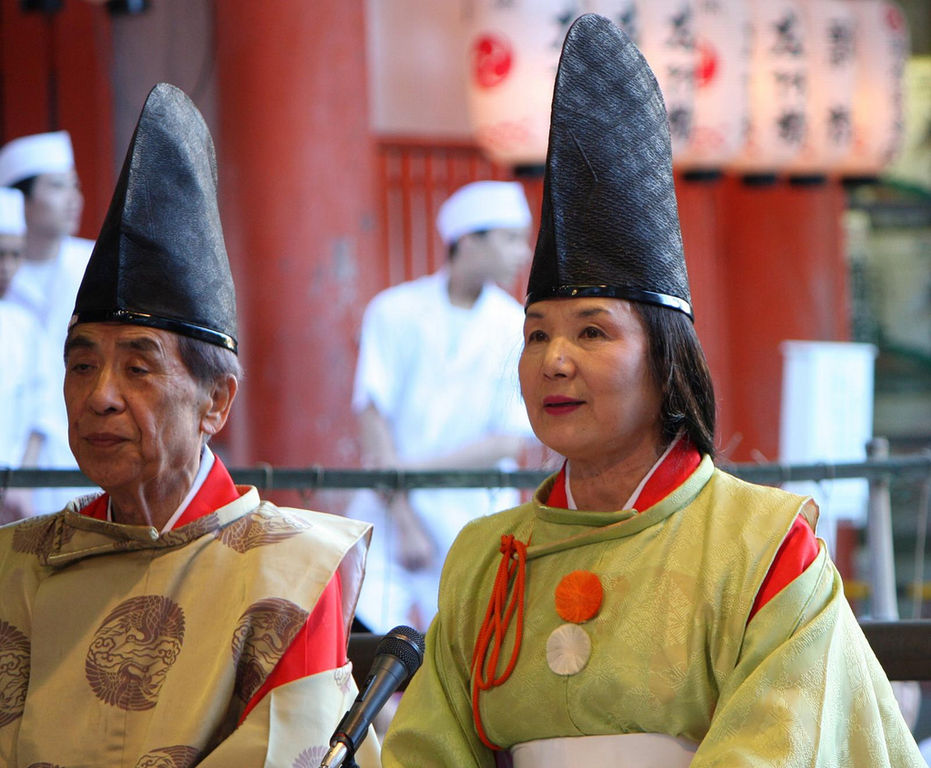
Here are some books that you may find useful during your studies. Search the Bennies catalogue Accessit for more, or browse the Non-fiction collection NFS.
Explore the rituals and ceremonies of Japan's Shinto, and discover its richly complex and subtle traditions. Students will examine the history and culture of Shinto through interviews, archival and on-location footage. Similar to other ancient traditions, Shinto is rooted in mythology and folk rituals that are passed through the generations, yet it is unique in having no congressional worship, founder or organising doctrine. Viewers will learn about the social codes, daily life and other distinguishing features of Shinto or, "the way of the Kami" - which, loosely translated, means "god" or "the sacred". See how over the centuries these traditions have served to unify Japan nationally and, at different times, mobilised the country politically.
Shinto is the indigenous religion of Japan, a life-affirming animism calling upon the blessings of the numinous forces of nature and of specific spirit deities.
Thus, being about nature, Shinto is largely associated with growth and prosperity. It encourages people to be sincere, cheerful, and pure, and to live in relationship with Kami.
Kami is sort of a catchall term for invisible spiritual forces that range from the nameless power that inhabits a waterfall, beautiful tree, or enigmatic rock formation, to an actual, personified guardian or helper.
Practiced by nearly 80% of the population, Shinto is the largest religion in Japan. So what exactly is this ancient Japanese religion?






Japanese mythology is collectively chronicled in the Kojiki, the oldest historical record written in Japan in 712 AD, and in the Nihon Shoki written in 720. As was common practice before the age of script, these tales were passed on through oral traditions—the Teiki and Kuji, among others—for generations before they were ever recorded.